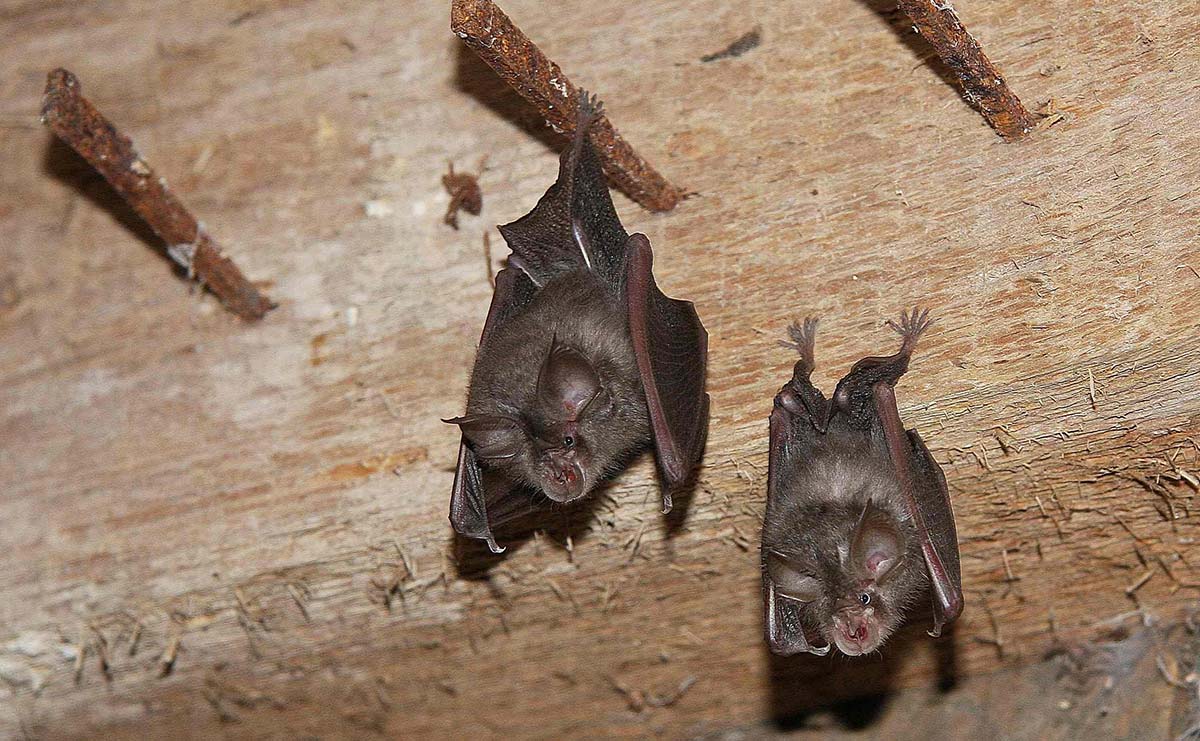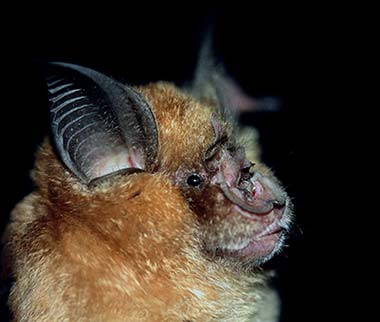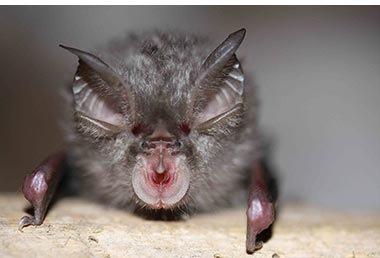
As Autumn draws in, and the days shorten, cauldrons of bats (that’s what a group of bats are called) are making their way to Puzzlewood. As if the shadowy and twisted trails at Puzzlewood weren't enough to send goosebumps down your spine, the world beneath the forest is even more of a contorted labyrinth. But this is exactly what these bats are in search of.

As Autumn draws in, and the days shorten, cauldrons of bats (that’s what a group of bats are called) are making their way to Puzzlewood. As if the shadowy and twisted trails at Puzzlewood weren't enough to send goosebumps down your spine, the world beneath the forest is even more of a contorted labyrinth. But this is exactly what these bats are in search of.
Steeped in history, the ground around Puzzlewood is a network of caves and mining tunnels stretching more than 30km, perfect for both the lesser and greater horseshoe bat. It’s the ideal microclimate for them to hibernate through winter, ensuring they have a stable temperature and are tucked away undisturbed.
There is evidence that the caves and rock systems have been mined for nearly 3,000 years, with everyone from the Iron Age man, the Romans and Victorians finding uses for the natural resources deep below the forest. Two of the most modern coal mines - the Old Bow and Old Ham - closed in the 1960s but are still there. Deep and dark, they are designated as biological Sites of Special Scientific Interest (SSSI) as they serve as important breeding and hibernating sites for the bats.
The Lesser and Greater Horseshoe bats are about the size of a plum and pear, respectively, and are famous for their horseshoe-shaped noses, which they use for echolocation of prey. In the United Kingdom both species are threatened in a number of ways - disturbance of roosts, destruction of habitat, and use of pesticides - but efforts over the last twenty years to protect them have seen numbers of the Lesser Horseshoe increase. Sadly, the Greater Horseshoe bat is quite rare in the United Kingdom. Both are incredibly sensitive to roost disturbances, meaning one of the easiest things visitors to Puzzlewood and surrounding areas can do is not disturb the caves and tunnels.

With a bit of luck though, you might just be able to find evidence of the bats above ground! The Greater Horseshoe bat is known to be a creature of habit, and will choose the same tree perch every evening to snap their prey from. If you look carefully, particularly in Spring and Autumn small heaps of expired and partially eaten insects can sometimes be seen left by these flying hunters.
Whether you’re lucky enough to see these mini bug graveyards, just know the bats are there, lurking not far away from the paths beneath Puzzlewood.







